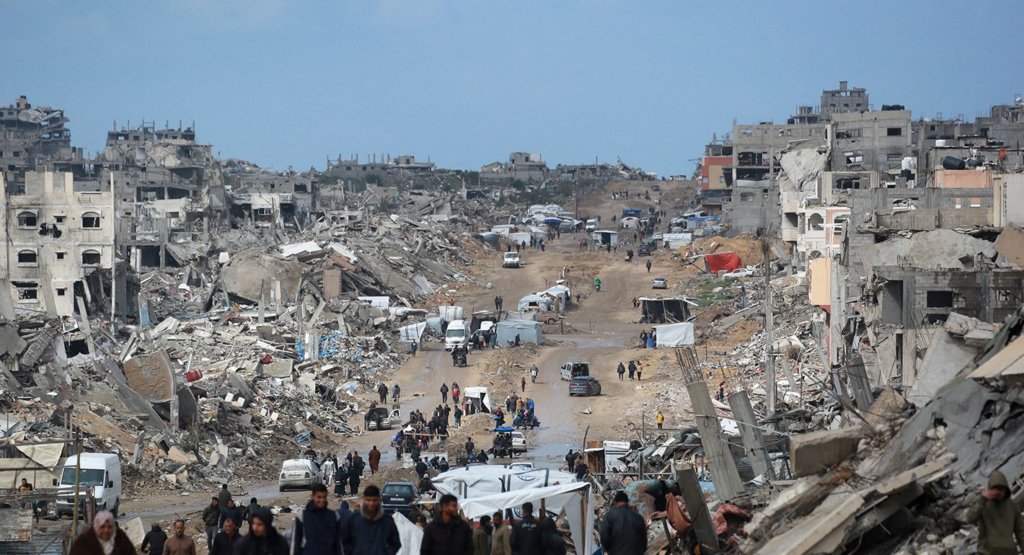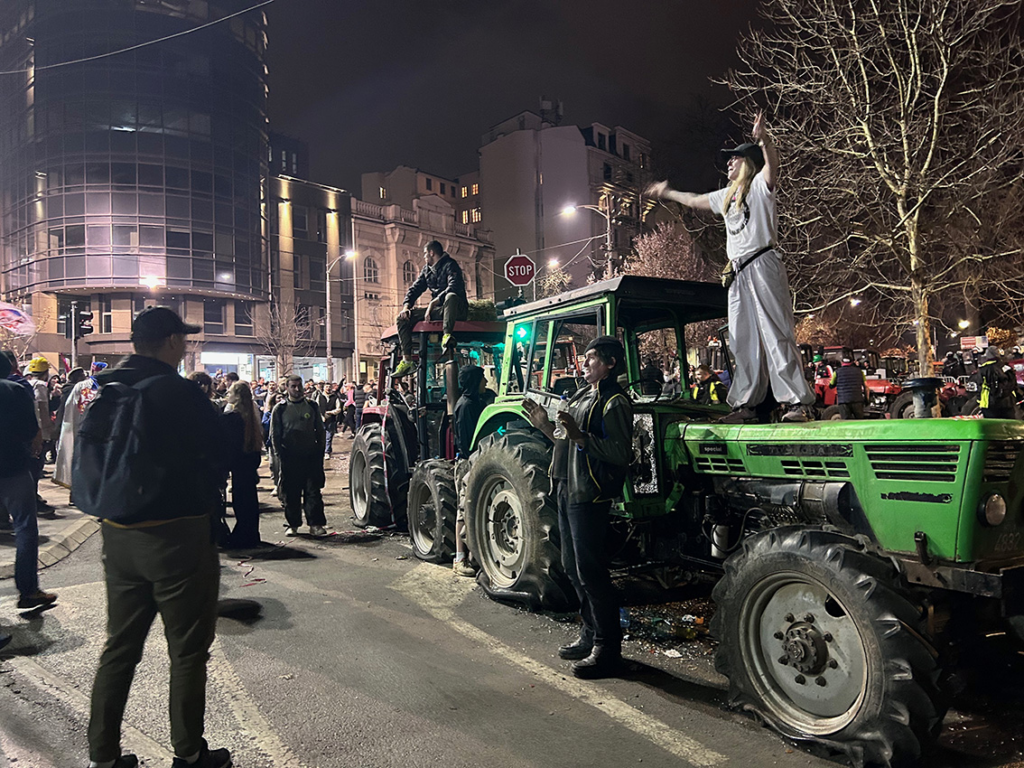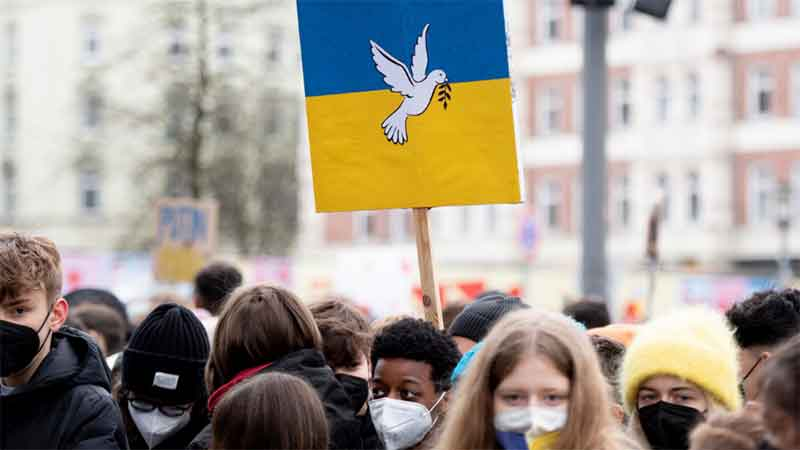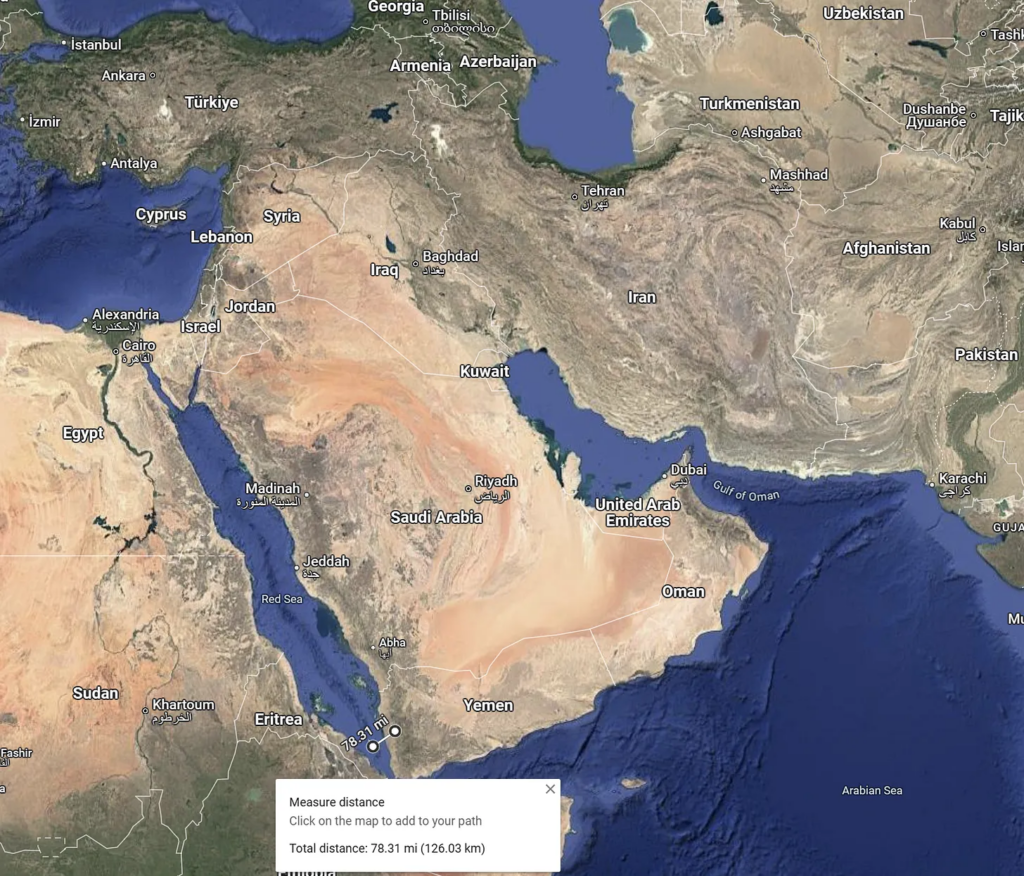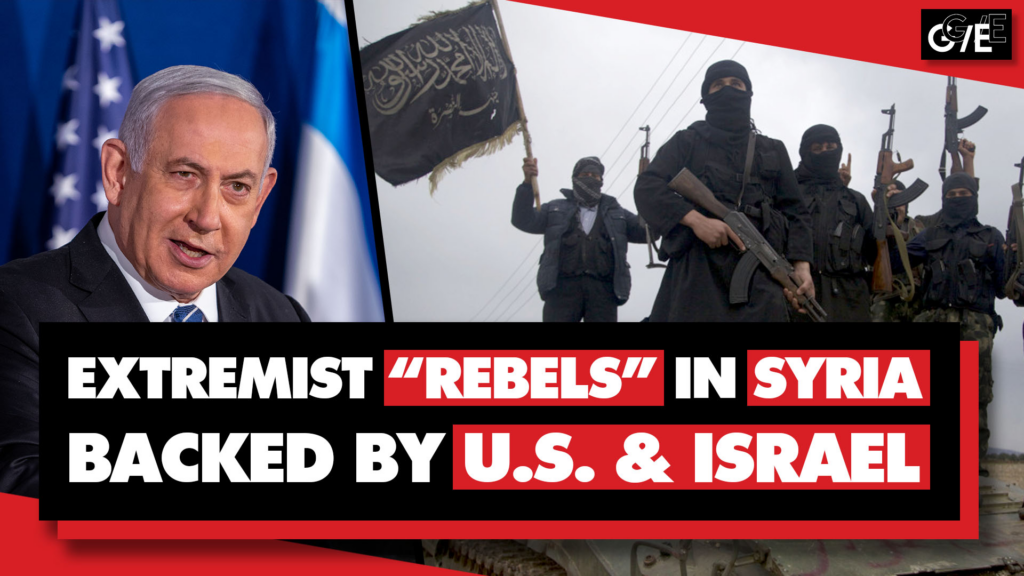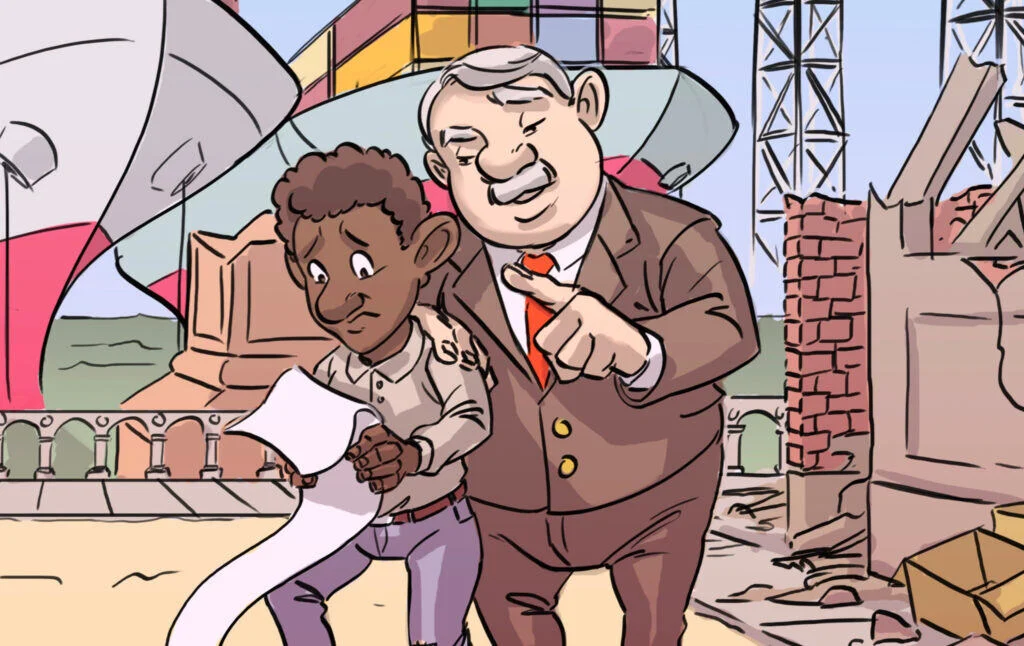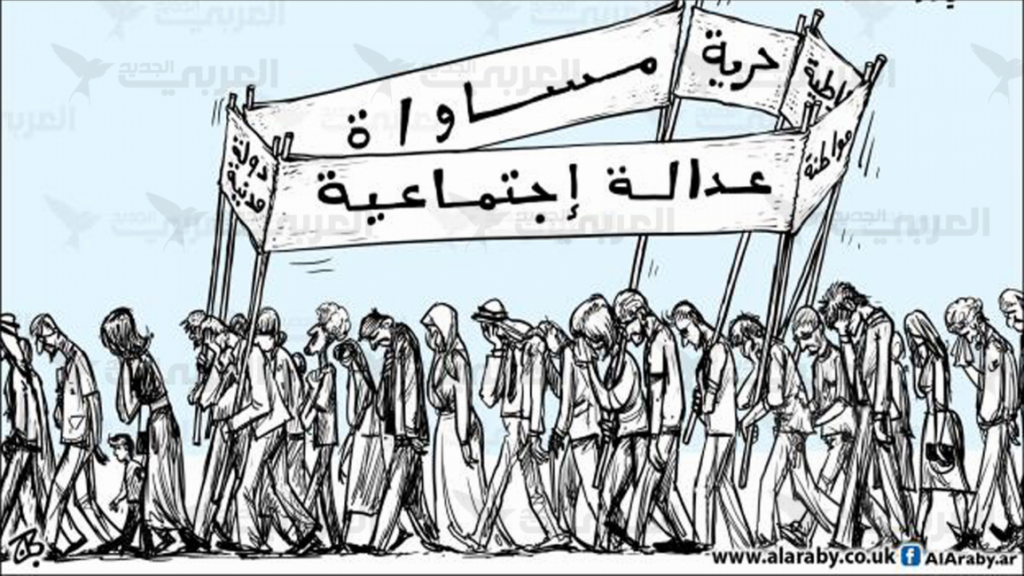Syria’s War Began 14 Years Ago. Explore FRONTLINE’s Reporting on Its Origins and Consequences
In the 14 years since the war in Syria broke out, hundreds of thousands of people have been killed and millions have been displaced from their homes or have lost their livelihoods. What began as a popular uprising in March 2011 was met by a swift and brutal crackdown by then-President Bashar al-Assad’s forces. It then morphed into a protracted armed conflict that drew in other countries and led to the emergence of extremist organizations like the Islamic State of Iraq and Syria.


